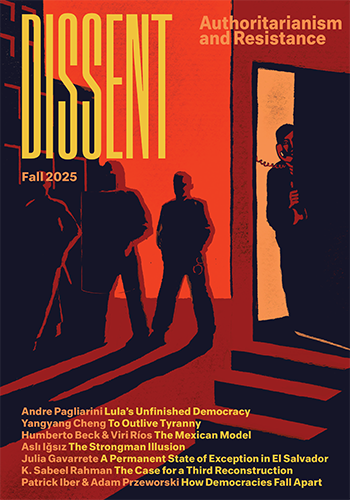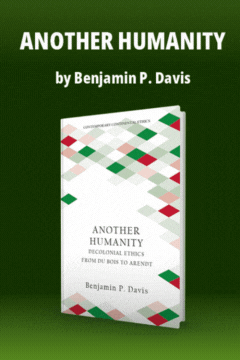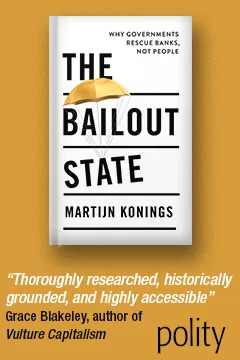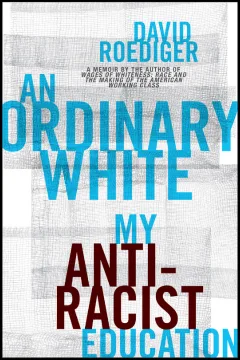From Vietnam Summers to 99% Springs
From Vietnam Summers to 99% Springs
Paul Adler: From Vietnam Summers to 99% Springs
This week marks the launch of the ?99% Spring,? a mass mobilization by a broad coalition of progressive groups ranging from MoveOn.org to the AFL-CIO to Color of Change. The goal for this week is to train 100,000 people nationwide in practical skills for nonviolent direct action. The 99% Spring draws not only its moniker but its general inspiration from Occupy Wall Street. At the same time, its organizers seek to broaden last fall?s upsurge by involving many who were either unable or uncertain about pitching a tent in a downtown park. After the trainings, organizers hope these 100,000 activists will both plug into existing campaigns and start new ones as part of a wide progressive rising.
In thinking about the potential of the 99% Spring, consideration of a past seasonally themed activist mobilization, the ?Vietnam Summer? of 1967, provides intriguing parallels, both in terms of the actual mechanics and the larger political dynamics. While historical comparisons can confuse as much as clarify, I believe looking at these efforts side-by-side points to two broad lessons. The first is that, despite lamentations about divisions on the left, such diversity can create constructive tensions that strengthen such efforts. Second, the comparison opens space for less rigid (but no less real) ideas of how to judge a movement?s accomplishments?in ways that can provide some comfort to today?s 99% organizers.
As with Vietnam Summer, the 99% Spring represents an attempt by more institutional and ?mainstream? progressive individuals and groups to build on the excitement generated by a seemingly more spontaneous protest movement. By the spring of 1967 opposition to the war in Vietnam was expanding from its origin points among existing peace groups and college students. Yet, for a number of organizers, especially in more established groups, concerns persisted (not unlike those with Occupy) that some of the movement?s core characteristics were inhibiting its growth. In particular, they wondered how to get more of ?middle America? involved, and others who found large public demonstrations unappealing or even actively discouraging. From such deliberations arose the idea of a coordinated drive to reach out to the wider public and expand the anti-war constituency. Inspired in part by the Mississippi ?Freedom Summer? drive in 1964, these individuals, with a thirty-one-year-old Kennedy School fellow named Gar Alperovitz at their center, conceived of an organizing drive for the summer of 1967.
The plan for Vietnam Summer consisted of three main phases. First, activists would fan out into communities as part of a massive canvass, which organizers termed a ?teach-out.? The summer was chosen to maximize the number of college students able to participate. Officially announced in late April of 1967, the organizers of Vietnam Summer set as their goal the recruitment of 10,000 volunteers, along with 200 paid staff, to mount this door-to-door initiative. As the Nation put it in its June 12, 1967 issue, Vietnam Summer?s organizers believed that much of the public was broadly sympathetic to the anti-war cause but stayed ?silent because they felt isolated and powerless.? Through the canvasses, Vietnam Summer looked to ?counter that isolation through local meetings and study sessions.?
The second phase emphasized education, having people attend house parties, public forums, and other social events to discuss both the big picture politics of the war and practical steps for taking action. This model is almost identical to the 99% Spring today, in which house parties and education about economic justice issues are a core element.
The third phase move to action, encompassing a wide array of activities. In some cases, they were as simple as urging people to talk to their neighbors or write letters to the editor of the local newspaper voicing opposition to the war. Other actions aimed at the political system, ranging from letter writing to pushing referenda declaring that a town or city opposed the war to mounting primary challenges against pro-war candidates.
Vietnam Summer and the 99% Spring have both been criticized by activists fearing co-optation and the weakening of genuinely radical political energy. Writing in New Left Notes SDS member Lief Johnson decried Vietnam Summer as a ?liberal strategy?to recapture leadership of the peace and civil rights movement, to blunt the awakening of our radical, anti-liberal identity.? Similarly, some left-wing critics have attacked the 99% Spring for what they view as its co-optation of the Occupy movement, aiming at its backing by ?foundation-funded Democratic Party aligned non-profit groups? who they accuse of ?poisoning the genuine grassroots.?
The dynamics between more ?moderate? and ?radical? forces within the anti-Vietnam movement were contentious, complicated, and continue to be debated to this day. Yet, particularly in thinking about the parallels with the current moment, the idea that 99% Spring will water down grassroots energy appears a stretch. Unlike the mobilization in 1967, which carried a strong emphasis on channeling people into various forms of electoral and other ?traditional? political work, 99% Spring?s central purpose is moving people toward a comfort with undertaking more confrontational tactics in the continuing fight against institutions such as multinational banks (the training materials for the 99% Spring can be seen here).
Furthermore (and perhaps most importantly), radical critics? fears about Vietnam Summer proved overwrought. Vietnam Summer helped grow the overall anti-war movement, but it certainly did not inhibit the more radical segments of the anti-war movement from increasing their numbers and activities. After all, many of the most famous episodes of militant action, from takeovers of university buildings to large-scale draft resistance to more extreme examples (such as the Weather Underground), all occurred in its aftermath. Meanwhile, Vietnam Summer helped catalyze more mainstream activities, from the Moratorium to End the War in Vietnam to lobbying Congress to cut off appropriations for the war in the early 1970s.
Of course, the central question in examining the history of any activist endeavor is whether it succeeded or not. Regarding Vietnam Summer, both activists at the time and scholars since have rendered a mixed verdict. However, perhaps the key lesson to take from Vietnam Summer arises from the fact that many of its key accomplishments arose not based on its exact goals, but rather from what Alperovitz described as its ?open-ended process.? If anything, Vietnam Summer shows that providing skills-building and some level of direction, while allowing everyday people considerable leeway in how to apply them, can generate power and positive results.
Vietnam Summer certainly had measurable accomplishments. According to some of the lead organizers, Vietnam Summer ended up with a paid staff of 500 and recruited 26,000 volunteers. Lee Webb, one of the coordinators of the effort, stated afterward that around half of all the volunteers had not previously been active in the movement. At the same time, reports from field organizers presented a more mixed picture. Organizers reported that many volunteers ?worked sporadically? and that the outreach efforts were met by ?apathy in low-income neighborhoods and antipathy among the middle class.? To take one specific example, activists in Amherst (generally a bastion of liberal sentiment) conducted a canvass asking people to vote on a statement calling on the United States to recognize the Vietcong and begin immediate negotiations. In the end, 46 percent surveyed opposed, while only 38 percent were in favor.
The more lasting successes of Vietnam Summer came from the experiences and ideas organizers gained from their participation. For example, inspired by his work on Vietnam Summer, Richard Fernandez of Clergy and Laity Concerned about Vietnam (one of the main faith-based anti-war groups) began lobbying internally for CALCAV to pay for regional organizers to supplement its existing local chapters. CALCAV adopted his idea and the strengthened networks became a powerful force in securing the vital commitment of many in the religious community against the Vietnam War. CALC?s local organizers and chapter model continued in social justice struggles after the Vietnam War?s conclusion. In particular, the CALC network became critical in building the boycott of Nestlé in the late 1970s and early 1980s over its marketing of infant formula in the global South. CALC also was one of the main religious groups championing the anti-Apartheid struggle during the 1970s and 1980s.
To take another example, one can look at the activities of one organizer, Sam Brown, who the following year became the director for Eugene McCarthy?s youth outreach and then one of the chief drivers of the Vietnam Moratorium, a day in November 1969 that saw around 2 million people in the United States participating in a wide diversity of protest actions. Reflecting on these experiences years later, Brown stated how important the training and experiences of Vietnam Summer proved for him: ?To some extent the McCarthy campaign couldn?t have happened without that.?
Examples such as these suggest that the real victories of the 99% Spring may be hard to predict. But it seems entirely plausible that in a few months or even a year, individuals who gained concrete skills and built new connections via the 99% Spring will have started new campaigns and even organizations. They could revive the idea that, in the words of Martin Luther King, Jr. upon declaring his support for Vietnam Summer, ?arrogant power can be made to yield to organized protest.?






